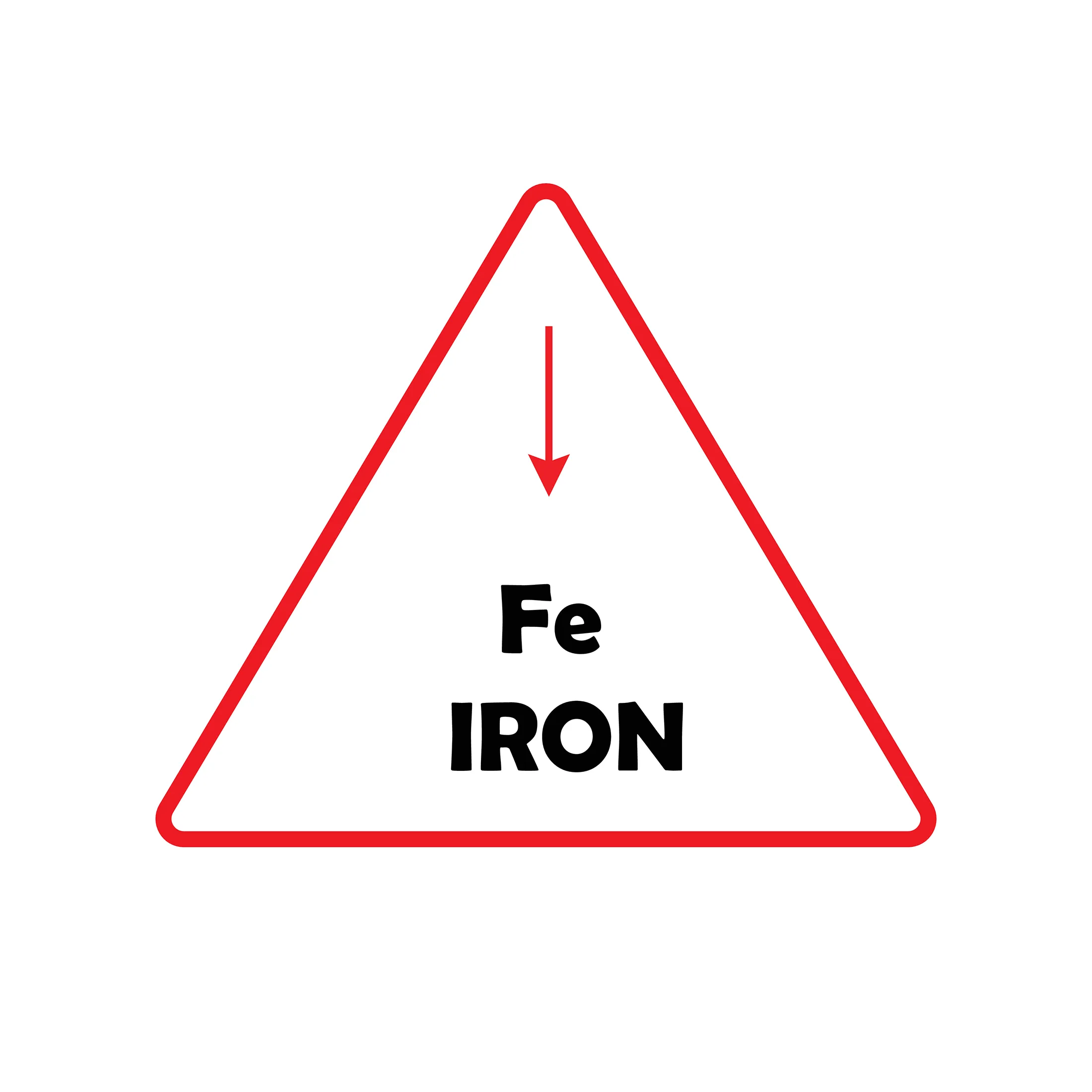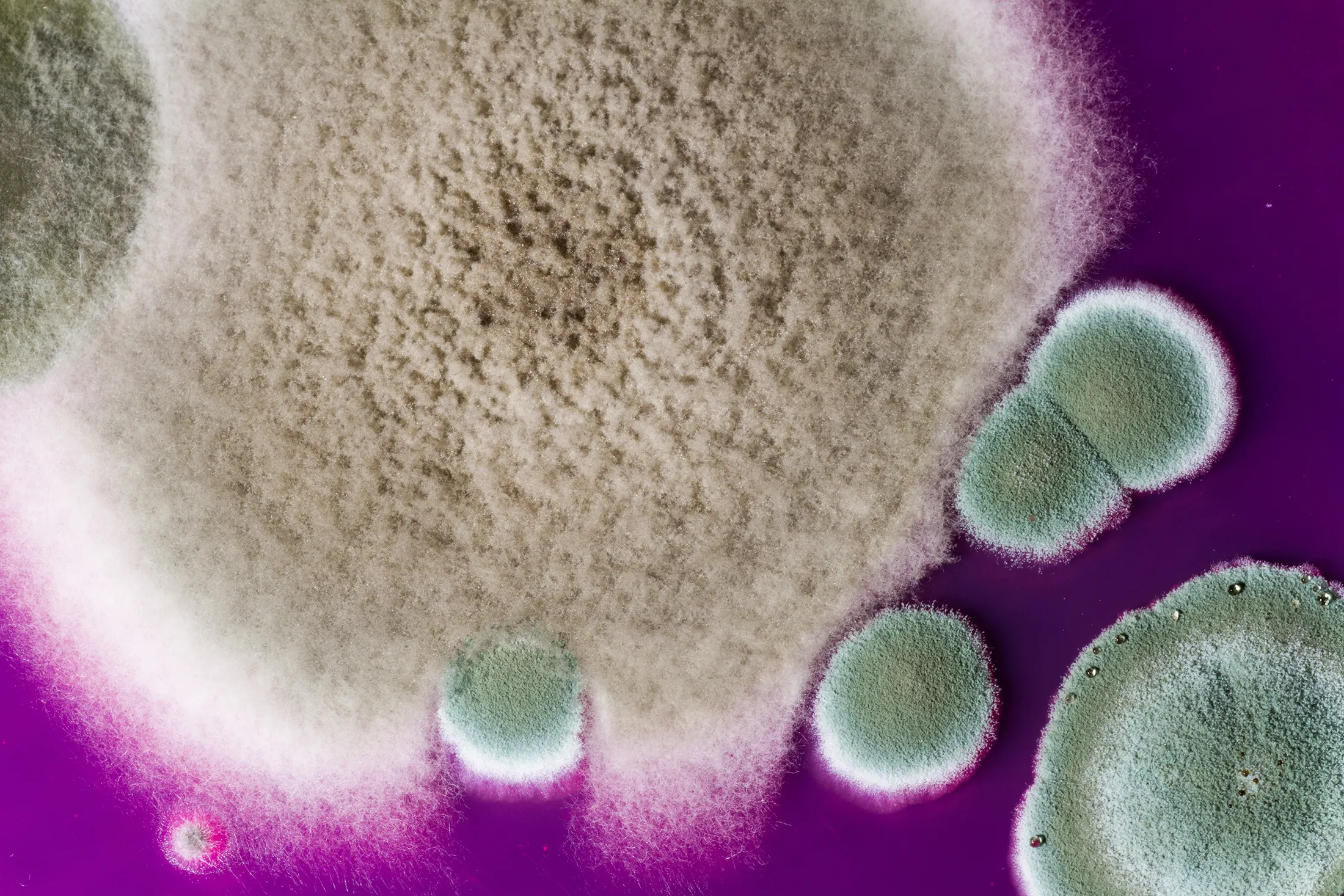Solving Common Problems in Cannabis Cultivation
Cannabis cultivation can be a rewarding, but challenging experience. Growers may encounter issues such as nutrient deficiencies, pests, mold, and more. Identifying and solving these problems quickly is essential for a healthy and thriving garden. In this post, we’ll explore some common problems in cannabis cultivation and how to resolve them.

Nutrient Deficiencies & Toxicities
Nutrient deficiencies are a common problem in cannabis cultivation, and they can lead to stunted growth, yellowing leaves, and smaller yields. The most common deficiencies are nitrogen, phosphorus, and potassium. Nitrogen deficiency can cause yellowing leaves, while phosphorus and potassium deficiency can cause purpling leaves.
To solve nutrient deficiencies, first, identify the specific nutrient that is lacking through soil testing or runoff. Then, adjust the nutrient ratio accordingly by adding a nutrient supplement or fertilizer to the soil or nutrient solution.
Toxicities which is the cause of too much nutrients are much more common however. Most growers running an average nutrient program are actually getting too much nutrients which is much harder to fix. When it comes to nutrients “less is more”, and always remember that its much easier to heal a deficient plant then it is a toxic one.
Fix for deficiencies: target the problem and foliar feed with the corrected nutrient amount. Foliar feeding will get directly into the plants system quickly, similar to getting an IV if you go to the hospital versus a pill.
Fix for toxicities: flush the crop with plain RO water for 2 days, then return with a light nutrient feed. It is also a good idea to use something like Cleanse from Athena to help flush out the medium.

Pests
Pests are another common problem that can harm cannabis plants. Common pests include spider mites, fungus gnats, aphids, and thrips. Pests can damage plants by sucking their sap or eating their leaves, and can spread diseases.
To control pests, use an insecticidal soap or neem oil spray, which can be purchased at most garden stores. Additionally, important considerations include keeping the grow room clean, monitoring humidity levels, and avoiding sharing equipment between indoor and outdoor grows.
Fix: unfortunately much like mold if you already have pests it can be tough to create a clean run out of your crop. Instead, we can mitigate the problem by reducing the population until harvest if it isn’t already too bad. There are many different pests, some worse then others. Its up to you as the gardener to make the best call. Neem oil sprays as long as you have NO flowers starting can be applied. Dish soap should be applied to your spray as a wetting agent as well as to help trap and stop the bug eggs from hatching. Your foliar sprays should also wash any traveling bugs to the bottom of your stalk, or medium. You should also scrape the first half inch layer of soil, or coconut husk off your medium (if your not in recirculating hydroponics) because bug eggs like to sit there.

Mold
Mold is a common problem in humid environments or where ventilation is poor. Mold can damage cannabis plants by compromising plant structures, creating dead spots, and lowering the overall health and quality of the crop. Common types of mold include powdery mildew, bud rot, and gray mold.
Good air circulation, proper ventilation, and humidity controls can prevent mold from growing in the first place. If mold is already present, remove the affected parts of the plant and reduce humidity levels as soon as possible. It is important to note that mold can be harmful to human health too, so it’s essential to take any instances of mold growth seriously.
Preventatives: Spray neem oil during the vegetative time on all leaves to protect from mold. Be careful not to spray when the lights are on as it is photosensitive.
Fix: Unfortunately if your plant’s have mold already it is likely within the plants and throughout your room. The only recommended fix for this is to throw away your crop, sterilize the room and start again. Some people may dip their flowers in h202 water to clean, but there are no methods that properly fix this problem once it has started.

Overwatering
Overwatering is a common mistake that can lead to root rot and other issues when growing in soil or coconut husk. Overwatering can cause soil to become waterlogged, which can deprive plants of oxygen and nutrients. Symptoms of overwatering include yellowing or drooping leaves and slowed growth.
To avoid overwatering, always check the soil moisture level before watering and avoid watering plants just for the sake of it. If the soil still feels moist, postpone watering until the soil dries out a bit. Additionally, be sure to provide good drainage so that water can escape from the soil and allow for a sufficient amount of oxygen to reach the roots.
Fix: To help revive a plant that has been overwatered it is recommended to flush wait plain water and 29% food grade H202 at a rate of 3ml-5ml per gallon.
Identifying and solving problems in cannabis cultivation is a big part of maintaining a healthy and productive garden. By addressing nutrient deficiencies, pest problems, mold, and overwatering, growers can avoid common pitfalls and set themselves up for success. At 4trees Cannabis Building, we’re here to help growers design and maintain the perfect grow environment for their needs. Whether you’re a novice or an expert grower, we can help you stay on top of the ever-evolving cannabis cultivation industry or catch problems in their tracks.
